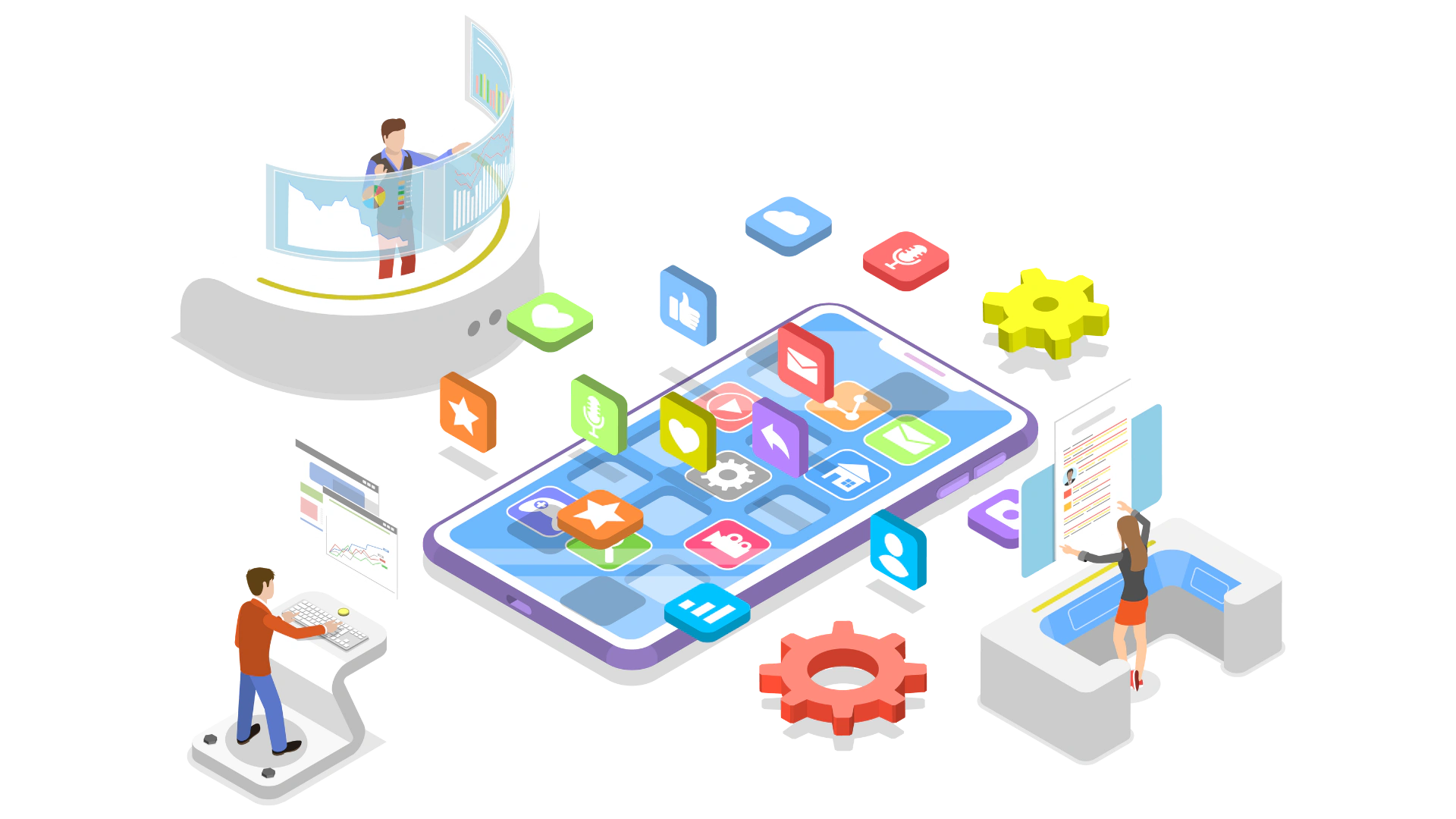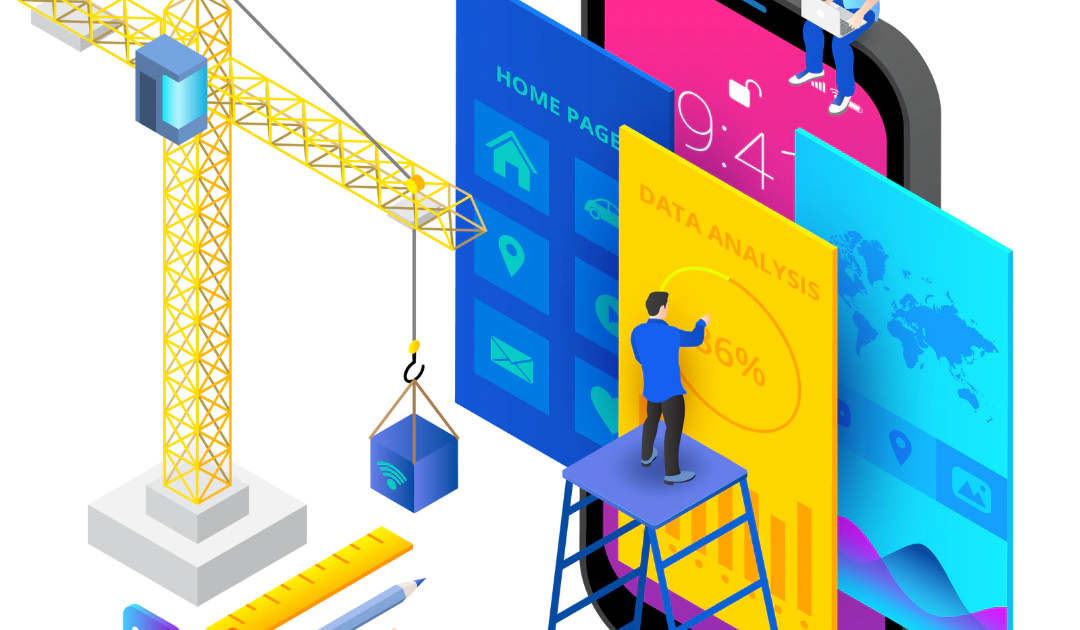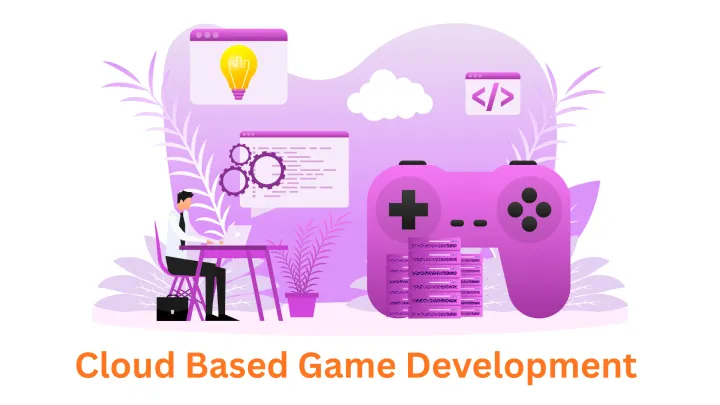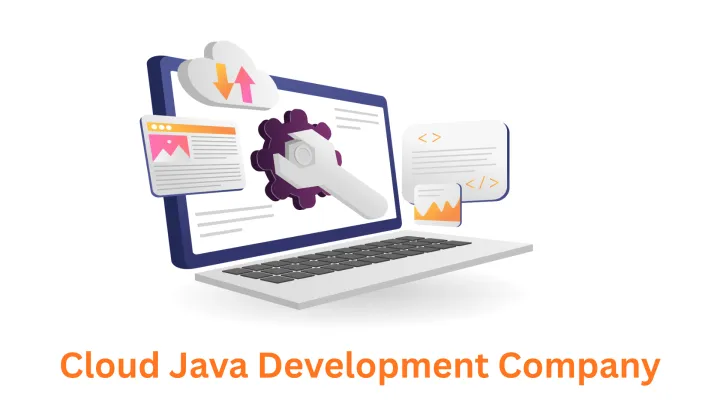How to Create Android and iOS Mobile Apps: Your Comprehensive Guide
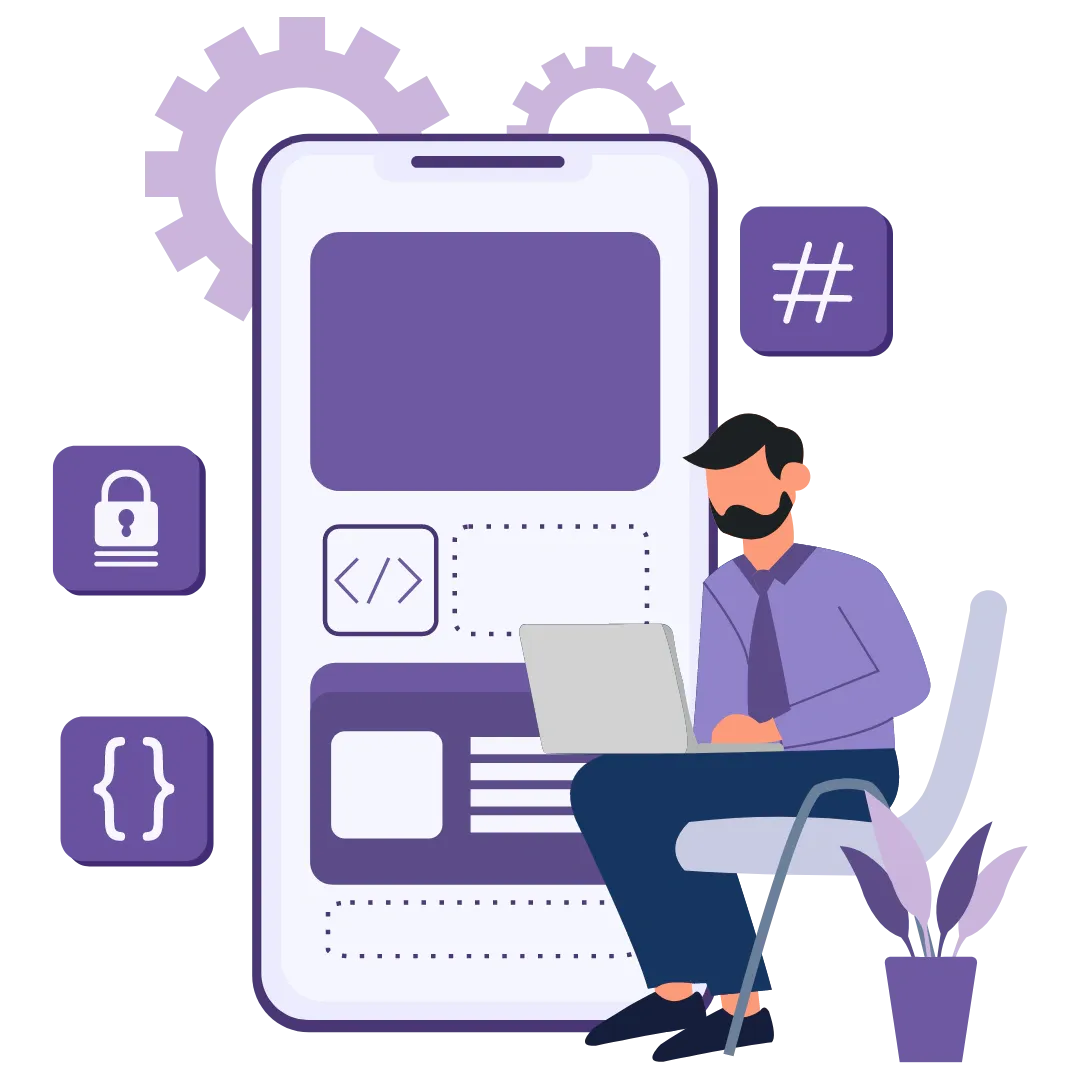
The mobile app market is booming, and the demand for innovative apps across Android and iOS platforms shows no signs of slowing down. Whether you're an entrepreneur with a groundbreaking idea or a business looking to expand your digital presence, creating a mobile app is a strategic move. This guide will walk you through the key stages of mobile app development, offering insights and tips to ensure your app stands out in the crowded app stores.
1. Define Your App's Purpose and Target Audience
Before diving into the technical aspects, clearly articulate your app's purpose and identify your target users. What problem does your app solve? Who will benefit most from its features? A well-defined purpose and target audience will guide your design and development decisions.
2. Choose Your Development Approach
- Native App Development: Building separate apps for Android (using Java or Kotlin) and iOS (using Swift or Objective-C) offers the best performance and access to platform-specific features. However, it requires more development time and resources.
- Cross-Platform Development: Frameworks like Flutter, React Native, or Xamarin allow you to write code once and deploy it on both platforms. This is a cost-effective option, but it may come with some performance limitations compared to native apps.
- Hybrid App Development: These apps combine web technologies (HTML, CSS, JavaScript) with a native wrapper. They are quicker to develop but often sacrifice some native functionality.
3. Design an Intuitive User Interface (UI) and User Experience (UX)
The UI and UX are crucial for user engagement. A well-designed app should be easy to navigate, visually appealing, and offer a seamless user experience. Create wireframes and prototypes to test the app's flow before moving to development.
4. Develop Your App
This is where your development team will build the core functionality of your app. This includes features, backend integration, data storage, and user authentication. Thorough testing during this phase is essential to identify and fix bugs early on.
5. Test, Test, Test
Rigorous testing on various devices and operating systems is critical. Test for functionality, performance, security vulnerabilities, and usability. Gather feedback from beta testers to refine your app further.
6. App Store Submission
Prepare your app for submission to the Google Play Store and Apple App Store. This involves creating app icons, screenshots, and a compelling app description. Ensure your app meets the store's guidelines to avoid rejection.
7. Launch and Marketing
A successful launch requires a well-thought-out marketing strategy. Utilize social media, app store optimization (ASO), paid advertising, and content marketing to reach your target audience and drive downloads.
8. Maintenance and Updates
Your work doesn't end with the launch. Regularly update your app to fix bugs, add new features, and keep up with the latest operating system versions. Monitor user feedback and analytics to make informed decisions about future updates.
Associative: Your Mobile App Development Partner
Building a successful mobile app is a complex process, but you don't have to go it alone. Associative is an experienced mobile app development company specializing in native Android, native iOS, and cross-platform development. We have a proven track record of delivering high-quality apps that meet our client's unique needs. Our expertise extends to SEO, web3, blockchain, and other cutting-edge technologies.
Contact us today to discuss your mobile app project. Let's bring your vision to life!
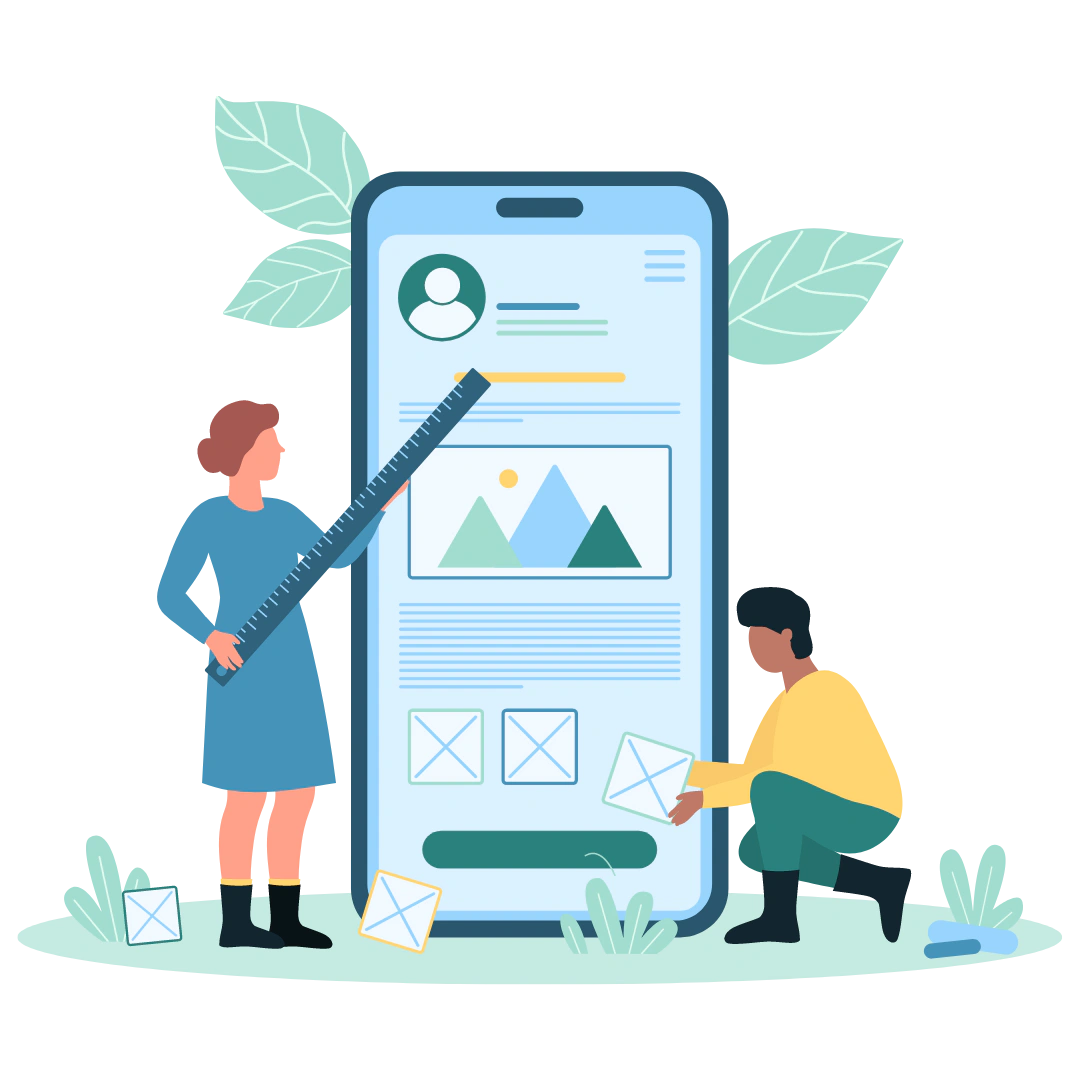
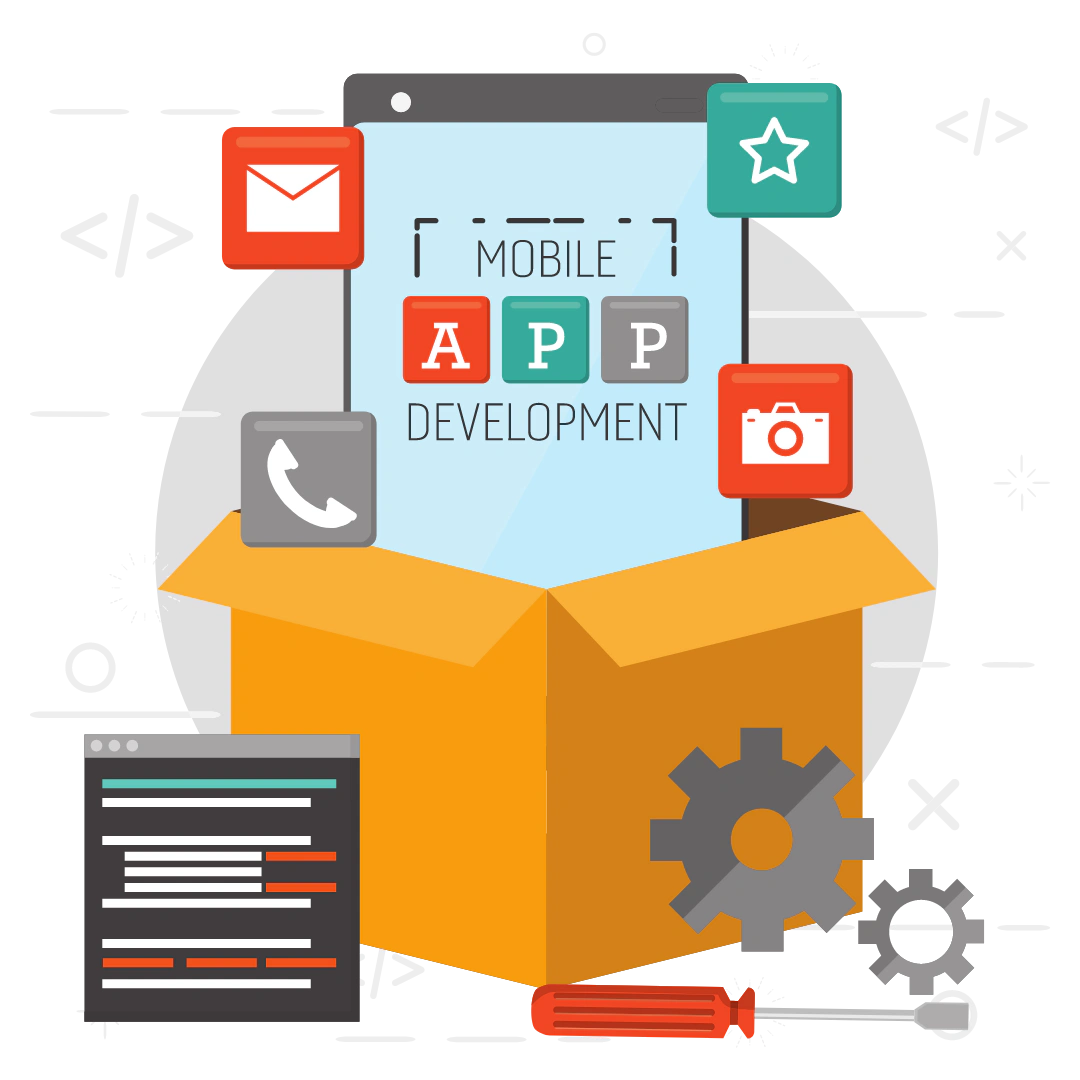
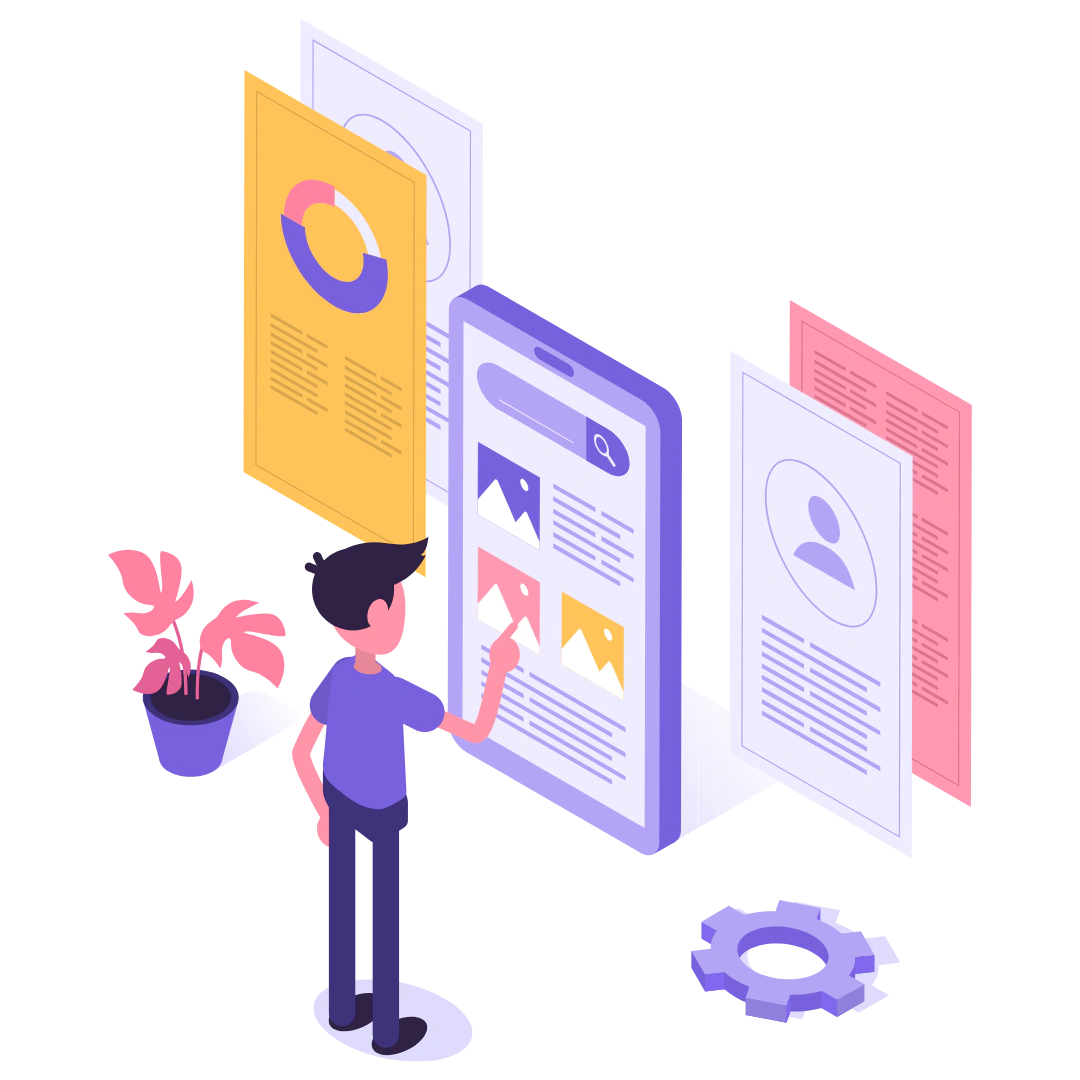
To learn more, consider reading other articles, blogs, and stories in this area.




